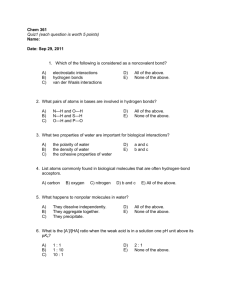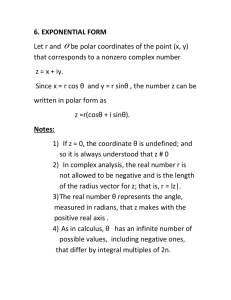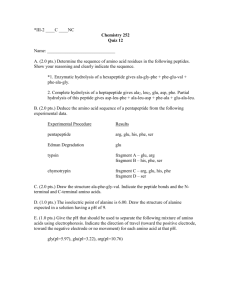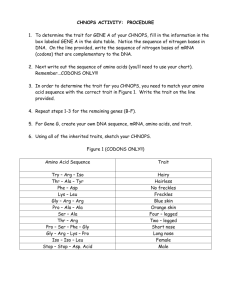mmi13318-sup-0002-suppinfo02
advertisement
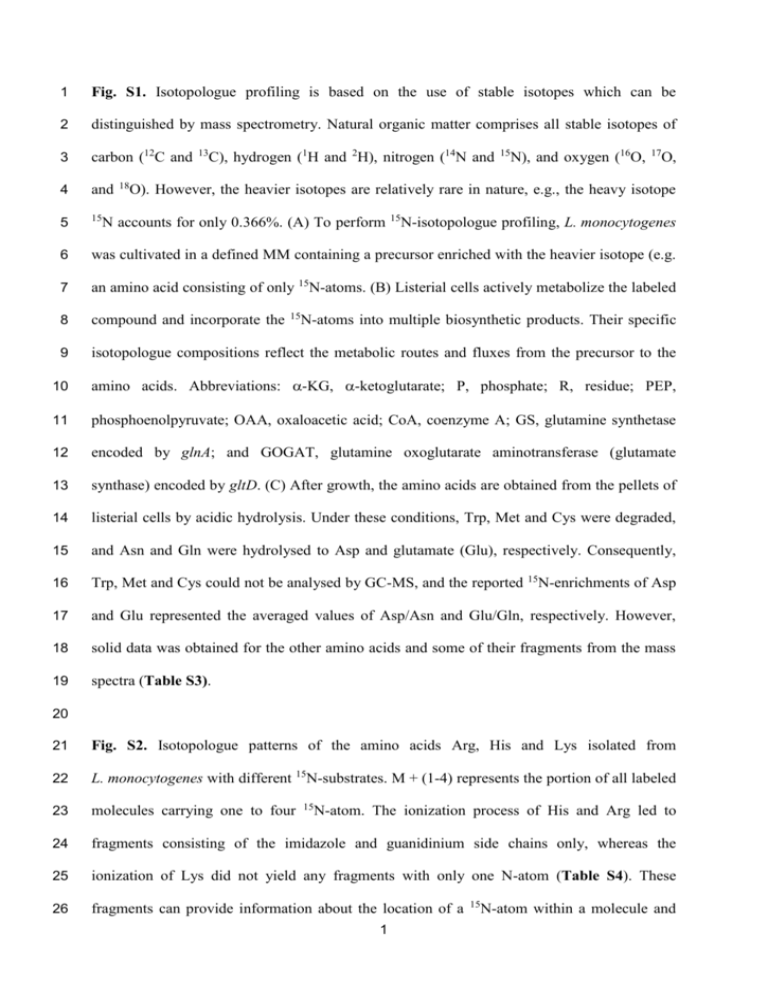
1 Fig. S1. Isotopologue profiling is based on the use of stable isotopes which can be 2 distinguished by mass spectrometry. Natural organic matter comprises all stable isotopes of 3 carbon (12C and 4 and 5 15 6 was cultivated in a defined MM containing a precursor enriched with the heavier isotope (e.g. 7 an amino acid consisting of only 15N-atoms. (B) Listerial cells actively metabolize the labeled 8 compound and incorporate the 9 isotopologue compositions reflect the metabolic routes and fluxes from the precursor to the 10 amino acids. Abbreviations: -KG, -ketoglutarate; P, phosphate; R, residue; PEP, 11 phosphoenolpyruvate; OAA, oxaloacetic acid; CoA, coenzyme A; GS, glutamine synthetase 12 encoded by glnA; and GOGAT, glutamine oxoglutarate aminotransferase (glutamate 13 synthase) encoded by gltD. (C) After growth, the amino acids are obtained from the pellets of 14 listerial cells by acidic hydrolysis. Under these conditions, Trp, Met and Cys were degraded, 15 and Asn and Gln were hydrolysed to Asp and glutamate (Glu), respectively. Consequently, 16 Trp, Met and Cys could not be analysed by GC-MS, and the reported 15N-enrichments of Asp 17 and Glu represented the averaged values of Asp/Asn and Glu/Gln, respectively. However, 18 solid data was obtained for the other amino acids and some of their fragments from the mass 19 spectra (Table S3). 18 13 C), hydrogen (1H and 2H), nitrogen (14N and 15 N), and oxygen (16O, 17 O, O). However, the heavier isotopes are relatively rare in nature, e.g., the heavy isotope N accounts for only 0.366%. (A) To perform 15N-isotopologue profiling, L. monocytogenes 15 N-atoms into multiple biosynthetic products. Their specific 20 21 Fig. S2. Isotopologue patterns of the amino acids Arg, His and Lys isolated from 22 L. monocytogenes with different 15N-substrates. M + (1-4) represents the portion of all labeled 23 molecules carrying one to four 24 fragments consisting of the imidazole and guanidinium side chains only, whereas the 25 ionization of Lys did not yield any fragments with only one N-atom (Table S4). These 26 fragments can provide information about the location of a 15 N-atom. The ionization process of His and Arg led to 1 15 N-atom within a molecule and 27 thus about the underlying enzymatic reactions responsible when a 15N-atom is incorporated at 28 a defined position. (A) Cells were grown in MM with Arg and in the presence of [U-15N2]Gln 29 or 15NH4Cl; or in MM without Arg and in the presence of [U-15N2]Gln and unlabeled NH4Cl, 30 or in MM without Arg and in the presence of unlabeled Gln and 31 profiles of Arg and its guanidinium side chain derived from listerial proteins after the cells 32 were grown in MM containing [U-15N4]Arg, or in MM without Arg and with N-sources as 33 indicated. (C) L. monocytogenes was grown in MM in which each BCAA and Met were 34 subsequently substituted with its 35 amino acids after growth with 15N-ethanolamine or with 15N-GlcN. The columns indicate the 36 relative percentage of the 15N-isotopologues carrying up to four labeled N-atoms (M + 1 to M 37 + 4). The mean values of three biological replicates are shown. 15 15 NH4Cl. (B) Isotopologue N-isotope. (D) Isotopologue patterns of L. monocytogenes 38 39 Fig. S3: Mass spectrum of Arg derivatised with methanolic hydrochloric acid and 40 trifluoracetic acid. Fragments derived from Arg during ionization with m/z 476 (M, no 41 fragmentation of Arg) and 407 comprise all four N-atoms whereas the fragment with m/z 292 42 comprises only the amino acid side chain harboring the guanidinium group. 2
